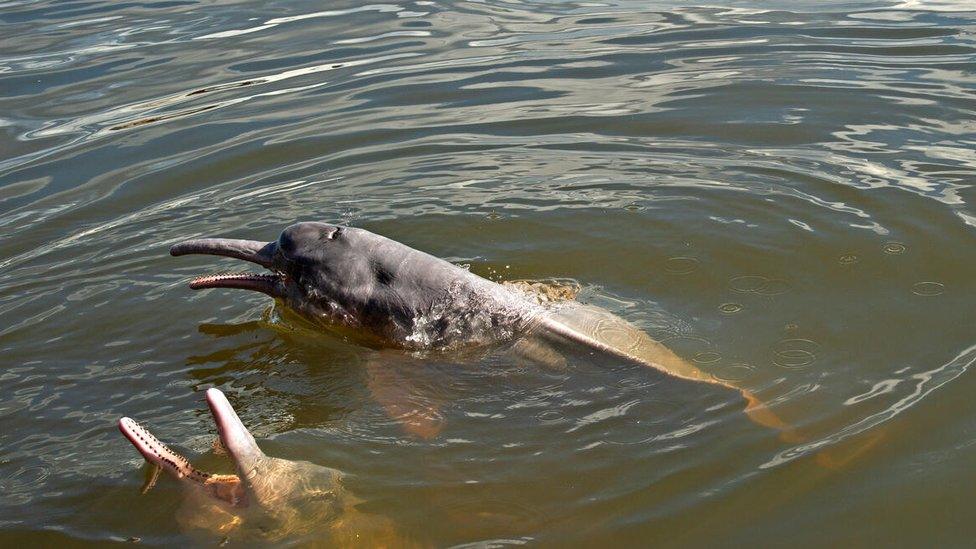Conservation: Marine protections in Hawaii help boost numbers of tuna
- Published
- comments
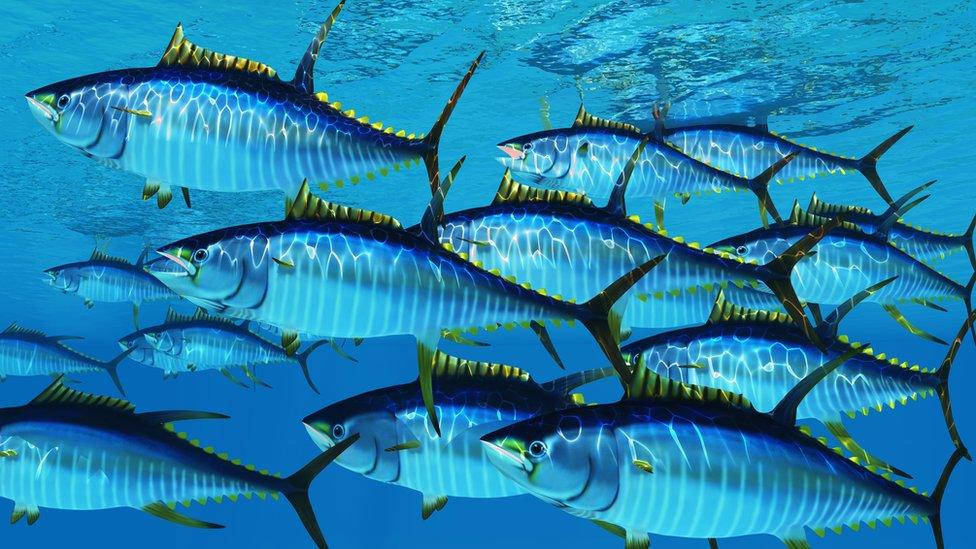
An illustration of yellowfin tuna, who migrate in big groups, which means they move from one area to another depending on the seasons
The number of tuna fish living around a huge marine reserve in the Pacific Ocean has increase according to scientists.
A marine reserve - or MPA - is a specific area that is protected by rules that limit what humans can do in those waters.
This particular MPA in Hawaii - called the Papahānaumokuākea Marine National Monument - bans fishing inside the zone.
A new report has now found it's had a positive knock-on effect for some fish species living around the zone, like species tuna!
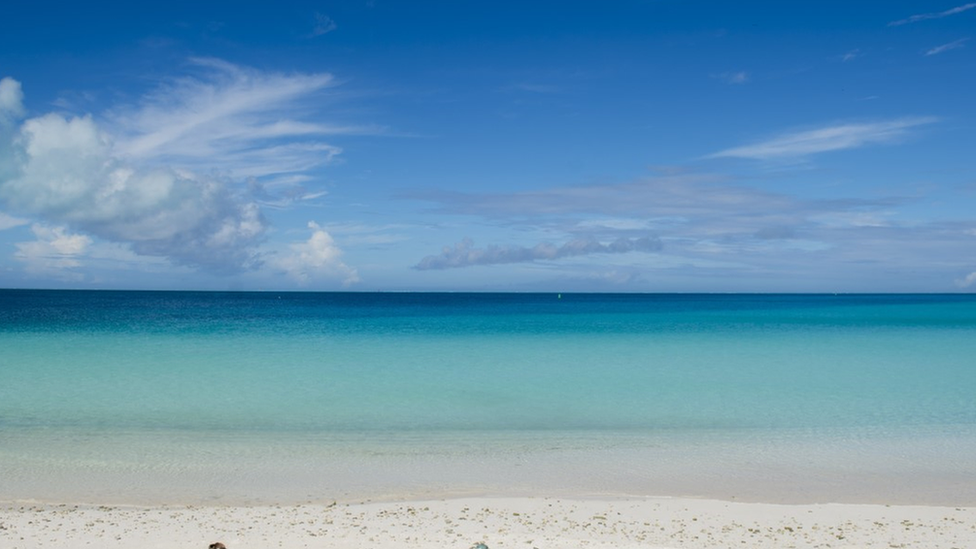
Fishing is almost entirely banned within the protected area
The main role of this marine reserve when it was created in 2006 wasn't to protect tuna, it was to protect the biodiversity of the area from the effects of fishing.
Scientists on board fishing boats found they caught 54% more yellowfin tuna, 12% more big eye tuna and 8% more of all fish species combined!
The protected area is huge - spanning 1.5 million square km (580,000 square miles). It's so big, the UK could fit into it six times over!
Experts reckon the sheer size of the area and the specific behaviours of some tuna species have played a role in the increasing numbers.
It's likely that the size of the protected area and the homing behaviour of some tuna species in the region played a role in the positive effects observed, they said.
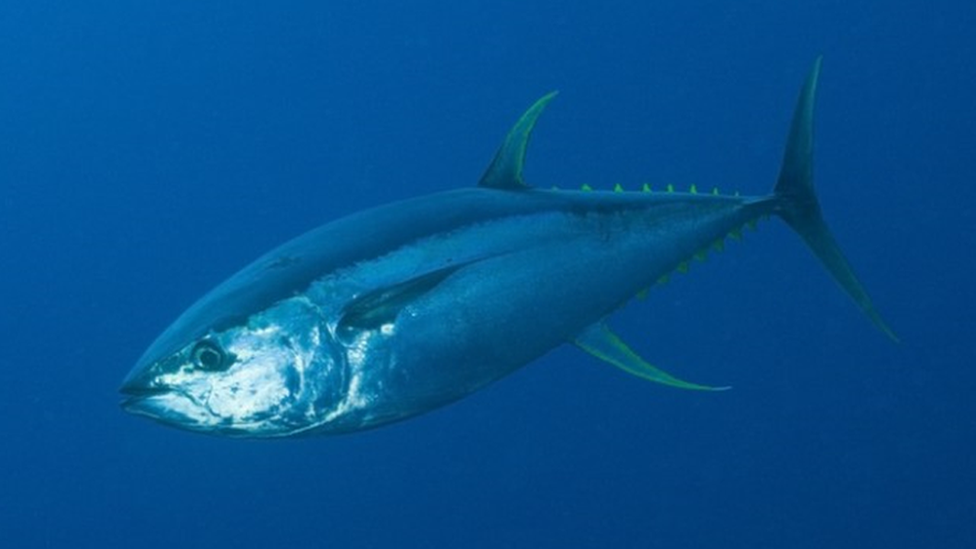
This is what a real yellowfin looks like under the water in the Pacific Ocean
Currently, only 7 percent of the ocean is protected but a pledge to protect at least 30 percent of the world's oceans by 2030 was agreed at the UN biodiversity summit in 2021.
It is hoped that banning activities such as fishing and dredging in these areas can give the plants and animals that live there a much greater deal of protection.
But plans like these often to cause concerns for other sea users such as fishermen, who worry about how their trade can be affected.
- Published8 June 2021
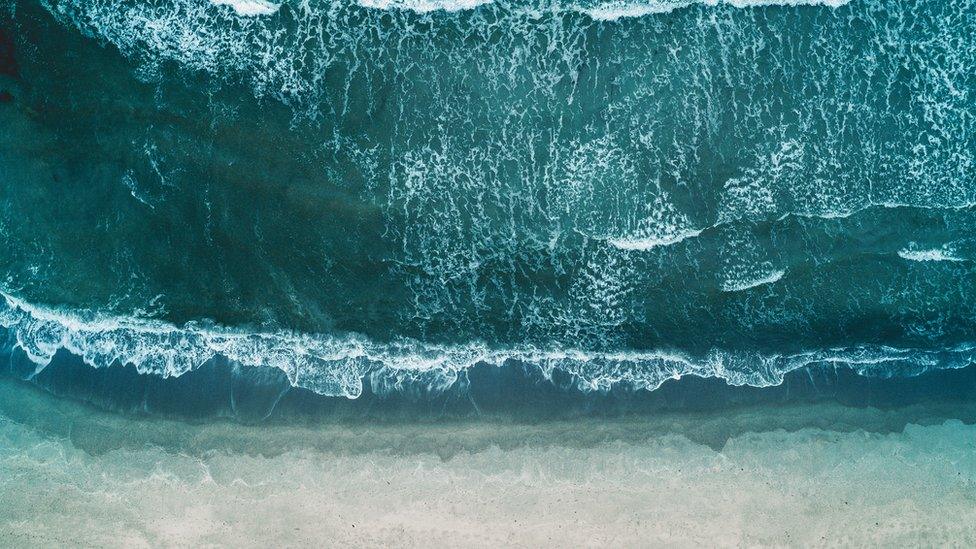
- Published24 October 2022
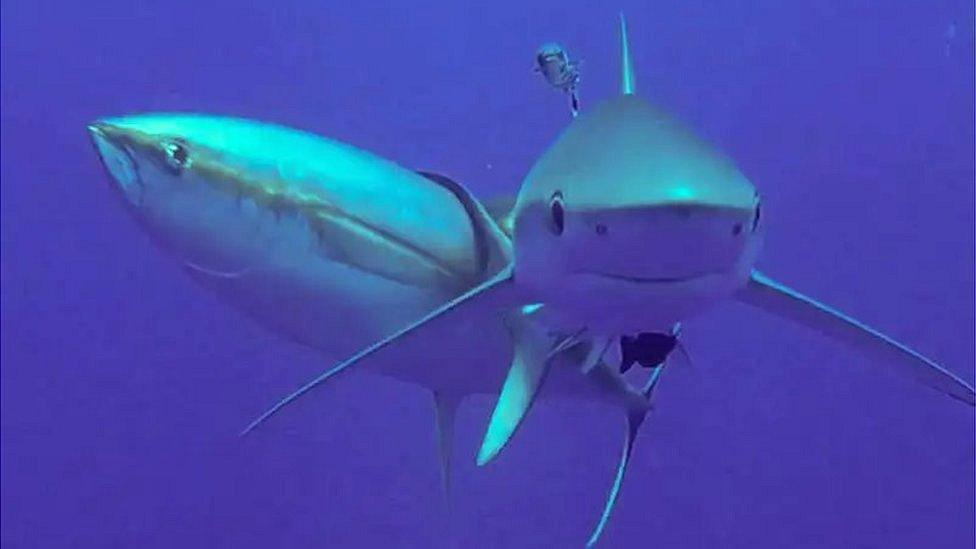
- Published13 October 2022
